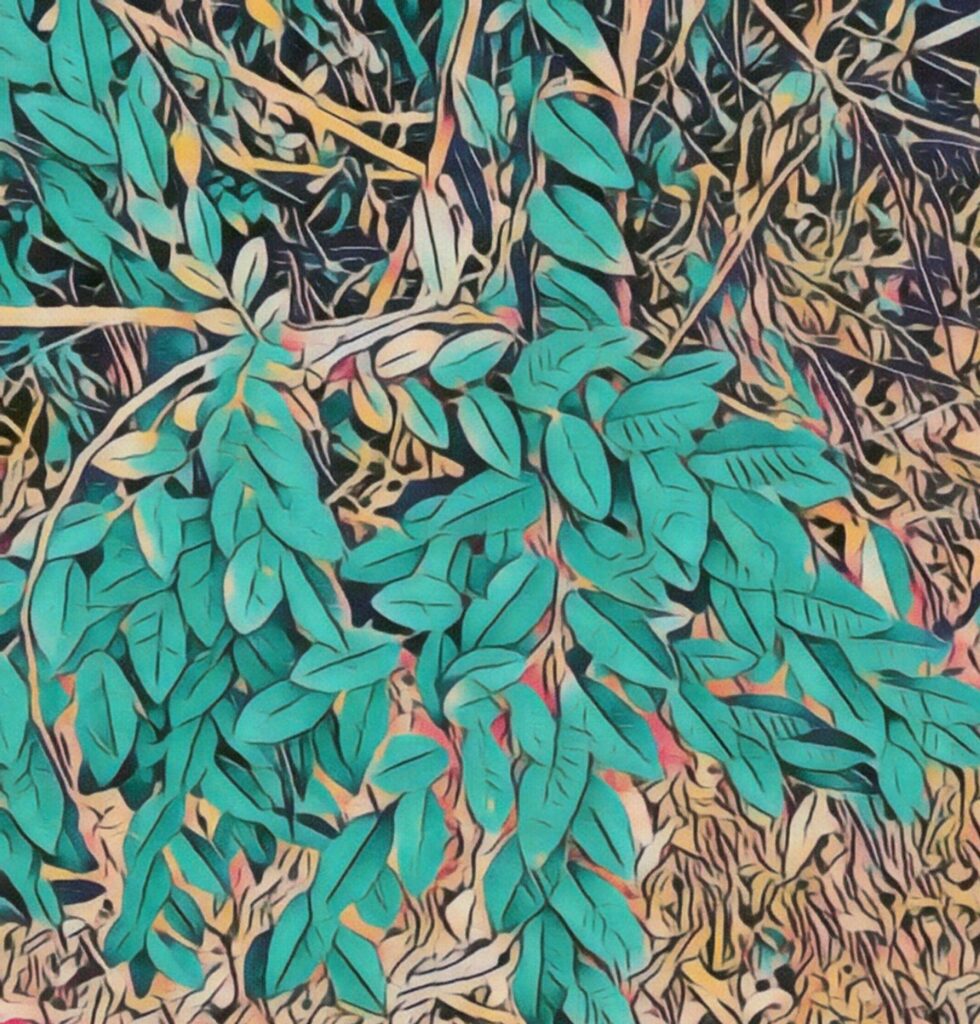
My plant-knowledgeable neighbor texts to alert me to the hostile occupation happening in my front yard: “Those invasive elms are noxious,” she says. “Take them out before they take over. You know, like….fascism.”
Which both chagrins and amuses me. I mean, it’s an apt analogy. But I’d been taking an undeserved modicum of pride in the profusion of these hardy volunteer plants, as if they represented a ringing endorsement of my laissez-faire style of gardening. All the hours of mulching and composting have paid off because leafy things are coming up out of the ground…even though I hadn’t planted a one. Like weary wayfarers, these seedly travelers have selected this yard as their Chosen Land. I feel honored.
Volunteers, after all, are my most successful garden products. The nasturtiums I planted in the yard wilted like teenagers tossed into a toddler’s ball pit, but their windblown progenies thrived where they self-planted in my garden box. The lettuce I nestled in said garden box was devoured by a nocturnal bandit . . .but the one that sprouted just outside the side rails was a beauty. Why not embrace free trees, however they got here?
It never occurred to me to investigate the species of these uninvited guests, however, or I might’ve seen it named “one of the world’s worst… ornamental trees that does not deserve to be planted anywhere.”* That would’ve been helpful information — back when they were just twigs I could’ve pulled up by hand.
Alas, no. Now, these well-established saplings sport trunks as thick as my wrist. Worse, these noxious invaders steal precious underground water and nutrients from the soil, starving the native plants I’m struggling to nurture. Sigh.
“How do I get these trees out?” I text back to my neighbor with a hopeful 😉. Moments later, I recoil when I read her reply: “Poison :((“
“B-b-b-but, I can’t pour poison into the beds that nurture my native sages and buckwheat,” I blubber to my husband. Nodding, he knows better than to trot out some platitude on tough love. He reassures me, “I’ll cut them down and get out as much as I can.” Grateful, I nod and wander back to my meandering lettuces. I pause and say a word of gratitude for these not-so-noxious volunteers, as well as the evening hooligans who left them for me to enjoy.
*Dirr, M. (1975). “Manual of Woody Landscape Plants“. Champaign, Illinois: Stipes Publishing LLC.
